What to Put on the Back of a Graduation Invitation
G razing livestock can be a key part of healthy, wildlife-rich farmland, but the number of sheep across the globe has soared, and the UK is now home to 32.7 million of them. The Peak District saw a fivefold rise in the density of sheep during the 20th century.
This has led to widespread loss of biodiversity in vast areas of the country's uplands because sheep graze the land closely (they can nibble it down to a height of 3cm), leaving less space for plants, scrub and trees to flourish.
Loss of habitats caused by the intensification of agriculture is one of the main drivers of wildlife decline globally. But what if you put up fences to keep sheep and other grazing animals out?
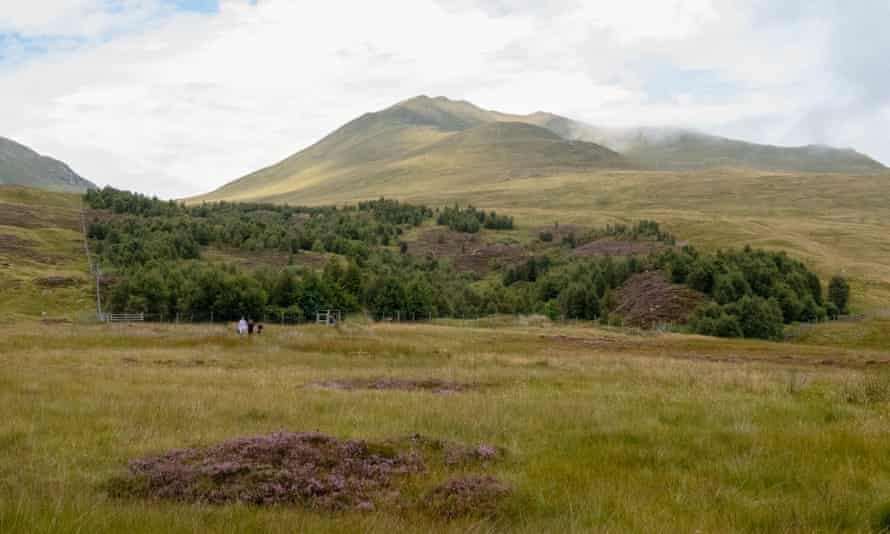
Ben Lawers, on the northern shore of Loch Tay, is the highest mountain in the southern Highlands. In 1990, a fence was built around nine hectares (23 acres) of land so native habitats that pre-dated the grasslands could recover. Farmers have rights to graze sheep on this hillside, so fencing off an area was the only way for this natural transformation to occur. Deer also graze outside the enclosure. For the past 30 years, it has been allowed to regenerate more or less unaided – except for a small amount of planting in the early years – and this is what it looks like now.
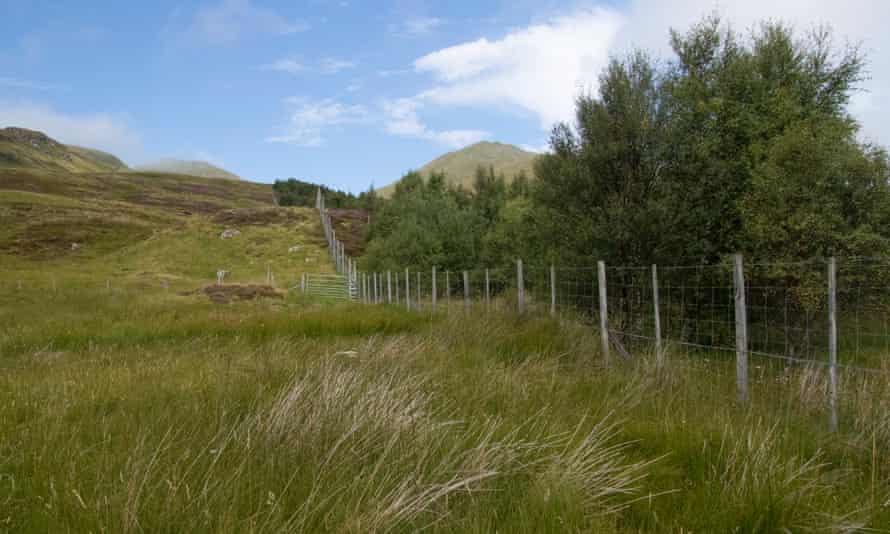
There is a huge difference between the native trees, scrub and flowering plants within the enclosure and uninterrupted grassland visible across the rest of the hill at Ben Lawers. Trees and scrub provide shelter for an abundance of butterflies and bees, which would have struggled to survive in the harsh conditions outside this area. It is also home to many birds, including declining species such as whinchat, as well as willow warbler and cuckoo, which come in to feed on these insects. Other birds such as redpoll and twite have also been drawn to this new habitat.
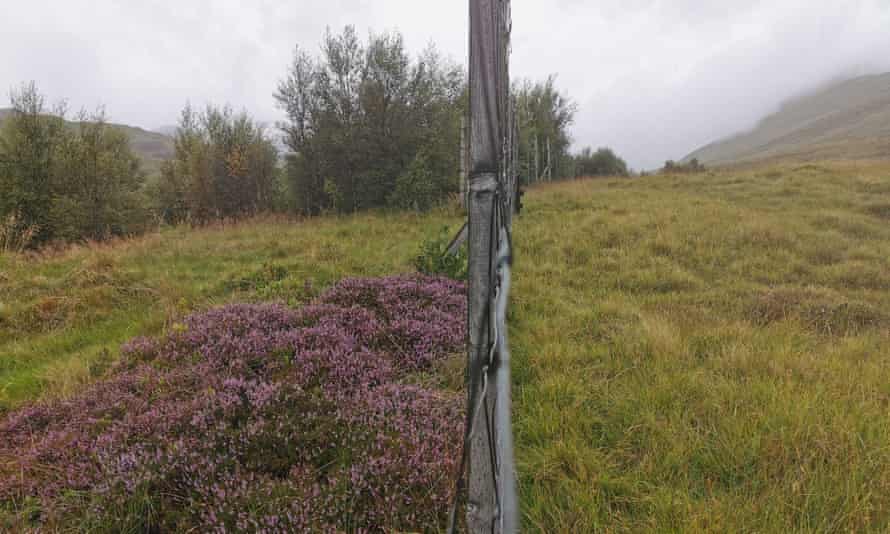
Flowers such as lady's smock, heath bedstraw, wild angelica and devil's-bit scabious are visible in spring and summer in the Ben Lawers reserve. These plants would have previously been restricted to hard-to-reach places protected from grazing. There is still some heather outside the fenced-off area but generally the vegetation is much more varied within the enclosure. Outside it, grass is ankle height, and skylarks and meadow pipits make up most of the birdlife.

Put up around two decades ago, this fence at Tal-y-llyn in Snowdonia national park divides a steep slope above the A487. The section on the right has been fenced off from sheep, allowing natural regeneration of rowan, hawthorn and willow trees, while grazing by sheep on the left means the grass has remained short. More vegetation stabilises the slope, meaning stones and scree are less likely to fall on to the road beneath. Trees also slow the speed at which water moves through a landscape, which reduces the flooding risk downstream after heavy rain.

This shows part of Venford reservoir on Dartmoor, Devon, in May. The fence cuts off about 5 hectares to the south-west of the reservoir, keeping out the cattle, ponies and sheep that graze the surrounding moor. Behind the fence, woodland has been able to regenerate and is much bushier than outside, and bluebells have been able to flower. They are likely to be a relic from when the moor was more wooded. The reservoir was opened in 1970, and the fence looks to be at least 50 years old.
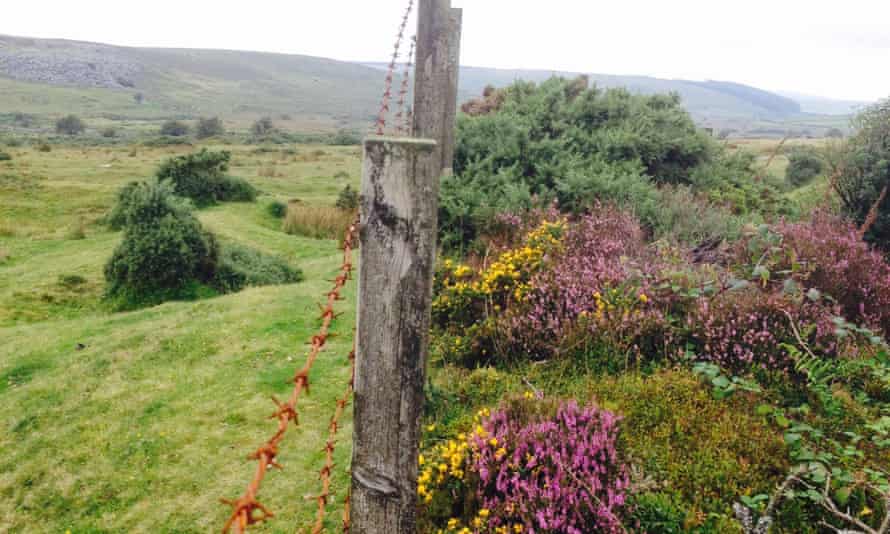
This fenced-off area of Bodmin Moor in Cornwall encloses the shaft of an old tin mine, protecting animals and people from falling down it. The enclosure is probably 100 square metres, and this photo was taken in September, when the heather and gorse are are at their best.

This fence in Waberthwaite, west Cumbria, has been up for about six years and sits on a common grazed by sheep. On the left side vegetation is starting to get thicker and scrubbier thanks to reduced pressure from grazing. There are few trees up in this harsh, denuded landscape, so natural succession takes longer. More lush, heath-like plants such as heathers, bilberry, crowberry and cranberry are starting to take hold. This will draw in more birds, such as redwing and fieldfare, on the hunt for autumn berries. Black grouse and short-eared owls will also make use of this habitat.
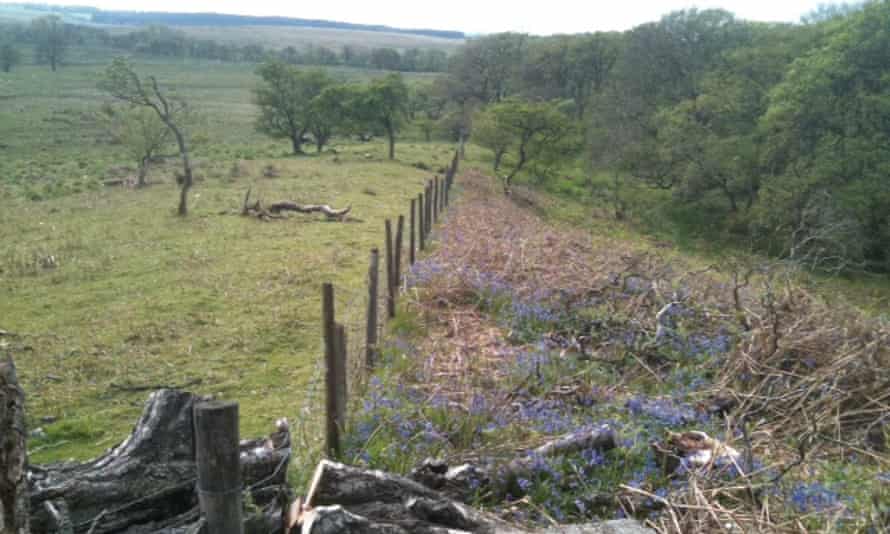
In Mollen Woods, a site of special scientific interest (SSSI) in north Cumbria, sheep and cattle graze to the left of the fence, which has been there for more than 10 years. On the right, bracken and bluebells are doing well, and there is a mature woodland of sycamore, beech, hawthorn and crab apple trees.
Not all grazing is bad. Less intensive grazing is an important way of maintaining habitats, and can be crucial for many wildflowers. The timing of grazing, density of animals and type of animal used all affect the amount of wildlife on the land. Many regenerative farmers manage their stocking densities and use rotational grazing, or mob grazing, to enhance farmland ecosystems.
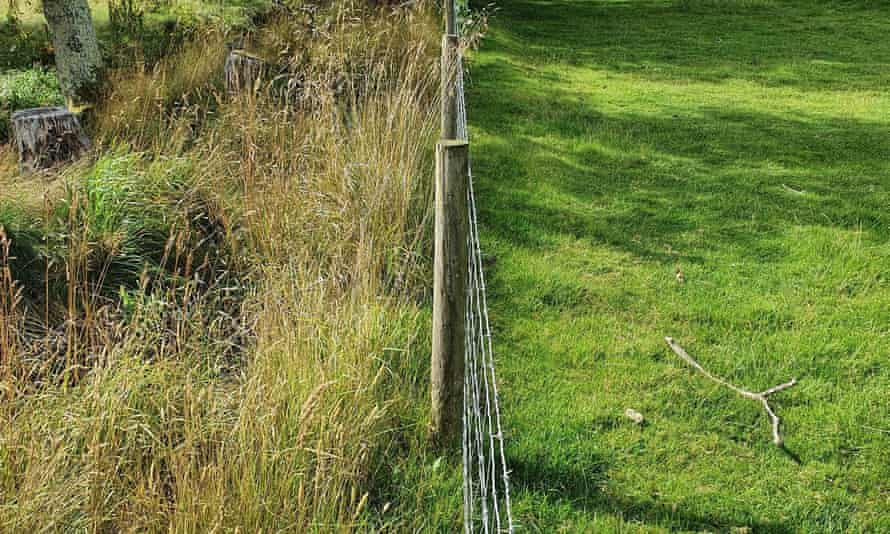
This photo was taken in August at Loweswater, Cumbria, and shows an area left for woodland regeneration that is only grazed by cattle or fell ponies for a few days a year. The other side is grazed by sheep all year round. The fence was put up three years ago. The left side is dominated by tall, tussock-forming grasses, including cock's-foot and tufted hair-grass, Yorkshire fog and sweet vernal-grass. It is home to grasshoppers, froghoppers, spiders and beetles. The right-hand side is made up of much shorter, mat-forming grasses, including rye grass and crested dog's-tail. It appears to be relatively devoid of insect life.
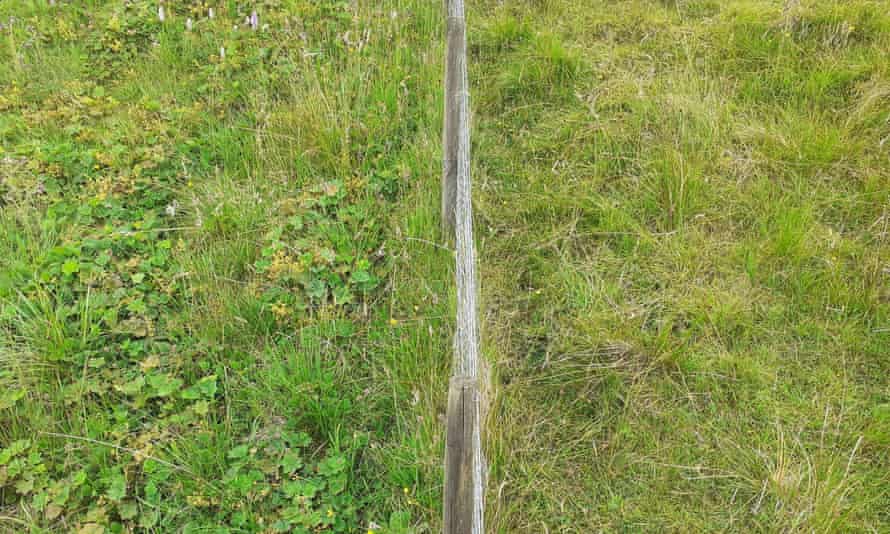
Grass is seen on both sides in Brough, Cumbria, pictured in July. But on the left – where sheep are excluded – there are also orchids, lady's mantel, wood avens and young trees sprouting up. Sheep nibble close to the ground, and can bite off single leaves or shoots. If the land is given a break from grazing, sheep can create conditions for delicate wildflowers to come through, because they create space for them. Traditional livestock breeds are often hardier and better at eating in rough grassland than commercial breeds. However, if they are still on the land when these shoots come up, they eat them too.
Creating fences to keep sheep and other grazing animals out shows what happens when heavily grazed grass is given space to breathe. It is an indication of the sort of wildlife-rich mosaic habitats that could be recreated if there were fewer sheep in the landscape.
Find more Age of extinction coverage here, and follow our biodiversity reporters Phoebe Weston and Patrick Greenfield on Twitter for all the latest news and features
What to Put on the Back of a Graduation Invitation
Source: https://www.theguardian.com/environment/2021/dec/17/graze-anatomy-fencing-fewer-sheep-richer-wildlife--aoe
0 Response to "What to Put on the Back of a Graduation Invitation"
Post a Comment